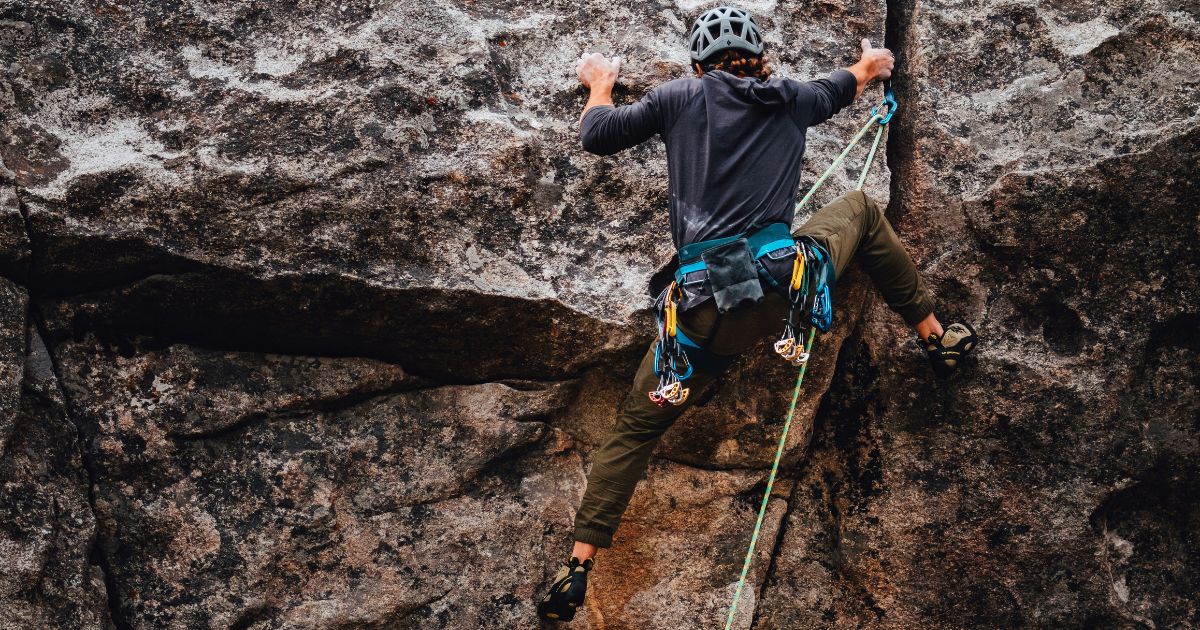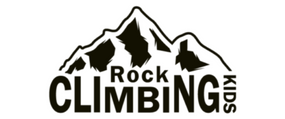Table of Contents
Toe Hook Climbing Technique: How You Can Improve Your Weakness?
In this guide, we’ll delve deeply into the topic of “toe hook climbing.”. Even though toe hooks aren’t as popular as other climbing techniques, learning them can greatly expand your climbing repertoire. Come along as we explore the subtleties of toe hooks and key strategies to turn them into an invaluable addition to your climbing arsenal.
Tow Hook vs. Heel Hook
It’s important to know when and why to use a toe hook. Toe hooks are frequently used, much like heel hooks, to keep balance when reaching sideways. But toe hooks have one special advantage over heel hooks: you can reach much farther with them. Toe hooks are underutilized despite their effectiveness, primarily because climbers find them awkward given the various ways feet are used in climbing.
The purpose of both toe and heel hooks is to help climbers stay balanced when making lateral movements. The choice between the two frequently comes down to the particular requirements of the climbing route and the way the climber positions their body. Toe hooks are useful when a longer reach is needed, even though heel hooks are more widely used and understood.
The distinct benefit of toe hooks is their capacity to offer a greater reach than heel hooks. Consider a situation where a heel hook is insufficient because a critical handhold is just out of reach. To extend their reach to holds that appear unreachable, climbers can anchor themselves in this situation, which is where the toe hook excels.
Toe hooks are underutilized, but this is not because they are ineffective; rather, it is a result of their unfamiliarity and perceived awkwardness when used. It may seem strange at first to climbers used to pulling holds towards them to push away with a toe hook. But once mastered, toe hooks become an indispensable tool in a climber’s toolbox, allowing them to negotiate difficult sections with increased stability and reach.
Opposite Tension Dynamics
Toe hooks violate the climbing convention that climbers are used to pulling holds in their direction. Getting the foot on the hold and then leaning away to create tension is the key. To feel the tension, many climbers may need to place the toe hook, lean away, and create some distance.
The key to learning toe hooks is understanding this idea of opposite tension dynamics. The natural tendency when on the wall is to pull, to feel more secure, and to bring the hold closer. Toe hooks, on the other hand, defy this instinct by asking you to push away. It’s a seemingly paradoxical but crucial ability that sets experienced climbers apart.
Setting the toe hook is only the first step. The magic happens when you lean away. The toe hook is a potent tool in your climbing toolbox because the more tension you can create, the farther you can extend your body from the hold. It’s about striking that fine balance between control and distance.
If this technique is difficult for climbers, begin with easier climbs. On easy routes where you have time to concentrate on the mechanics, use toe hooks. It may take some time to get used to feeling the tension increase as you lean away.
Effective Toe Hook Techniques
Optimal Foot Placement
It’s a common misperception that toe hooks involve the toes. The best location, though, is higher up, close to the lace knot. For maximum security, position the toe hook correctly so that there is enough foot behind the hold. At this point, the phrase “foot hook” makes more sense.
True mastery comes from realizing that the sweet spot is higher up, close to the knot in your laces, even though many climbers mistakenly identify toe hooks with the tips of their toes. This ideal location for the toe hook provides a startling benefit. To go further, think of your climbing shoe as an instrument that goes beyond your toes rather than just a place to place your foot.
Think of the foot hook as a tactical maneuver where you put more of your foot behind the hold rather than just hooking the toe onto it. This change in viewpoint turns a basic toe hook into a more comprehensive and safe method. This subtle technique makes sure that you are using a larger portion of your foot and are not just depending on the tips of your toes.
Consider it a transition from a toe-centric to a foot-centric mindset in the climbing equation. This modification improves stability and gives you a more stable anchor point when performing moves that call for a strong toe hook. This evolved technique is aptly described by the term “foot hook,” which highlights the significance of optimizing your foot’s surface area during climbing maneuvers.
Pro Tips for Toe Hooks
1. Distance Matters
To create tension, position the toe hook and extend it as far as possible.
It takes more than just where to put your toe hook to create distance; you also need to strategically position your body. Imagine extending your body away from the wall as you anchor the toe hook to maximize the space between your body and the hold. By increasing the tension on the toe hook, this technique helps to maintain stability and control while climbing. Try varying the distance to determine the sweet spot that works best for the particular climb you’re taking on.
2. Embrace Foot Hooks
Put as much foot behind the hold as you can before concentrating on the toe.
The phrase “foot hook” is appropriate because it highlights how crucial it is to use the entire foot when hooking. Even though the toe is crucial, take into account the entire surface, from the foot’s ball to the lace knot. This full-foot action not only improves grip but also improves pressure distribution. It’s a subtle tactic that can help, particularly with holds that call for a wider point of contact.
3. Wild Toe Hooks
Develop your versatility by trying out different toe hook placements on the climbing wall.
Creativity is often the source of versatility in climbing. The climbing wall becomes your canvas, and toe hooks, when applied innovatively, can open up new possibilities. Take on a challenge by investigating out-of-the-ordinary placements—hooks that might initially seem unlikely. This helps you become more proficient at toe-hooking and improves your problem-solving abilities on the wall. Accept the unexpected and learn how wild toe
Overcoming Challenges
Practice makes perfect
Even though toe hooks aren’t a common challenge, it’s still important to practice them. On easy climbs, include toe hooks in your warm-up, even if the route doesn’t specifically call for them. By being proactive, climbers can be sure they are ready for more difficult climbs.
Establishing a pattern where toe hooks are routinely used on easy climbs guarantees that climbers have the skills and confidence to use them on more difficult routes when the situation calls for them. Climbers can test out various toe hook placements, learn how their bodies respond, and hone their technique during these practice sessions.
Recall that the goal is to integrate toe hooks into your climbing repertoire rather than just practicing them when needed. By doing this, you give yourself an advantage on any climbing terrain by turning what might have seemed like an occasional challenge into a mastered skill.
So, see the scarcity of toe hooks as a chance to improve your climbing skills. If you incorporate them into your warm-up routine, you’ll soon be able to navigate climbs that others might find difficult with ease. Toe hooks are a technique that can be used on occasion, but with practice, they become a dependable tool in your climbing toolbox that you can use whenever the rock calls for it.
In summary
When mastered, toe hooks can significantly alter one’s climbing skill set. Climbers can become more confident in taking on climbs that others may find intimidating by learning the mechanics and best placement and implementing them into their routines. So go ahead and start honing your toe hooks—or, perhaps more appropriately, foot hooks—and take your climbing skills to new heights.
Related Posts
- 5 Common Mistakes to Avoid When Flagging
- How to Flag: A Climbing Technique for Developing Balance
- 7 Best Climbing Skin Care Balms and Creams
- Fingerboarding for beginner climbers
- How to get stronger fingers for climbing?
- Foot placement for climbing beginners
- Training Drills Every Climber Should Do
- The 7 Essential Movements of Bouldering
- The 5 Fundamentals of Climbing You Need to Know
- How to Flag: A Climbing Technique for Developing Balance
- How To Improve Your Climbing Footwork? – 4 key Stages
- 8 Essential Tips for Outdoor Rock Climbing Beginners
- 7 Techniques Every Climber Must Know










Discussion about this post